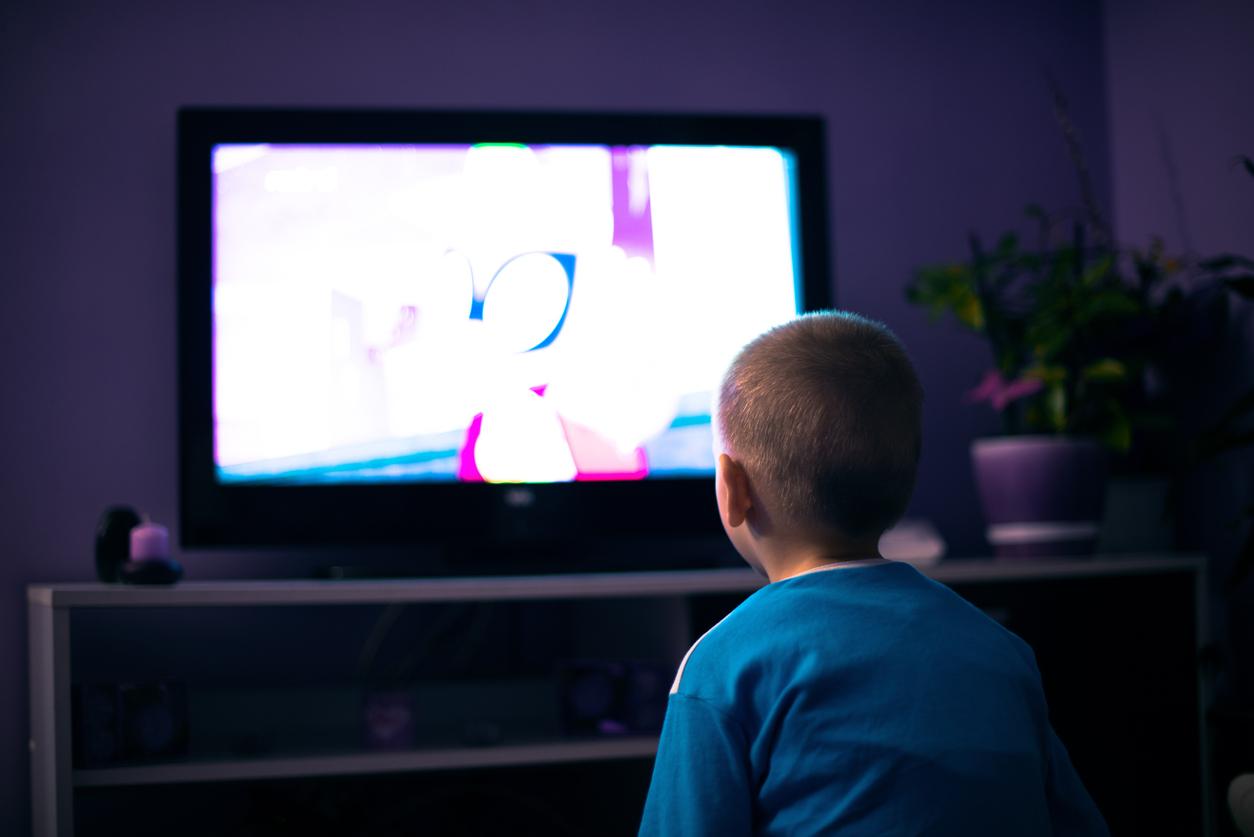Children suffer from back and neck pain. The excessive use of screen devices and the associated bad postures are at the origin of these pains.

Computers, video games, smartphones and other tools resulting from new technologies threaten the health of our young people. A recent study from Swansea University in Britain describes them as a ‘time bomb’ for children’s backs and necks. A majority of them admit to having suffered from back problems according to the results of a questionnaire.
2 in 3 children complain of back pain
A worrying discovery has prompted this new study: in 6 months, the number of children treated for back or neck pain has doubled in the UK. 204 schoolchildren aged 7 to 18 responded to a questionnaire on their health. Among them, 77% of primary school students admit to having had back pain. Two-thirds of college students answer that, but a vast majority (90%) have not spoken about it.
The excessive use of game consoles and mobile technologies is questioned by the study. These instruments risk wreaking havoc among children. Physiotherapist Lorna Taylor, author of the study says that “modern lifestyles and the growing presence of technology are having negative effects on the musculoskeletal health of our children. […] It is vital that we establish good habits and provide children with comfortable materials that allow them to concentrate. “
The “i postures”
This study is not the first to warn about the risks of a sedentary life for the backs of the youngest. At the beginning of October, the “i postures” were singled out. This neologism designates the postures linked to the use of new technologies: shoulders bent, neck leaning forward, arms folded. These bad habits cause very real pain, although they are preventable. Indeed, it is often a simple muscle pain: the muscle gets tired by always adopting the same position.
Habits that are easy to put in place make it possible to avoid these muscular tensions associated with the use of computers, tablets or mobile phones. Because it is not the use of the device itself that poses a problem, but the bad postures associated with it. It is recommended to place the screen between 50 and 70 cm from the body. While stretching the arms, you must touch the screen with your fingertips. The screen should be at eye level. It is in the user’s interest to choose a comfortable seat. Sitting, he should have his knees at hip level and his back straight. Finally, it is recommended to take regular breaks in order to rest your muscles and avoid a sedentary lifestyle.
.















